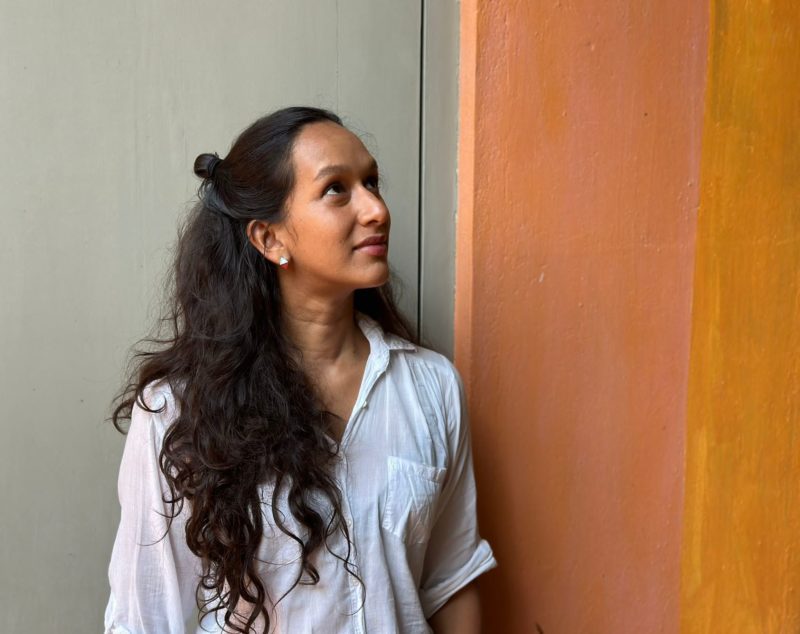
Growing up in a family of classical musicians, the music of Ligeti was nearly as familiar as Beethoven, certainly as challenging. However, the experience of hearing Black Angels as an angsty 13-year-old was cathartic. It felt like this piece brought together everything that mattered to me in music; it was visceral, noisy, eerie, nostalgic, intimate, modernist, traditional, infernal and ethereal, all tightly controlled and condensed into an insane 20ish minutes.
This piece doesn't have what I considered the familiar challenges of modernist and avant-garde music such as a complex harmonic and textural language. Superficially, it seems like a set of programmatic, loosely connected miniatures, but its success lies in its internal workings and use of inter- and extra-musical references and a lot of paraphernalia. The string quartet is amplified and vastly expanded with not just one but two tam-tams, maracas, thimbles, glass rods, 20 crystal glasses, chanting of numbers in French, Japanese, German and Hungarian, whispering and shouting, tongue clicks and whistling. Even the sheer size of Crumb's iconic score (which a normal music stand cannot hold) and his expressive handwritten notation demonstrate that this is the string quartet at extremes, at its most frightening and its most vulnerable. Performances could be as theatrical as you want to make them through staging and dramatic transitions between movements which enhance the already ostentatious written-in elements, such as the ‘viol’ technique in Pavana Lachrymae and bowing of crystal glasses in God-music.
As with any great art, this piece has many layers which we discover as we go deeper. Every aspect of the piece seems exaggerated, expansive and explosive, fragile and poised, appealing directly to the listeners’ imagination, not least the title - ‘Black Angels – Thirteen Images from the Dark Land’. The 13 movement titles (the numbers 13 and 7 pervade this piece) are almost childlike in their lucidity - Sounds of Bones and Flutes literally sounds like bones and flutes, Devil-music is is full of tritones (it is ridiculously fun to perform!), Sarabanda quotes Schubert’s Death and the Maiden and Pavana parodies Dowland’s Lachrimae. Every movement is totally different, each referring to styles of music or specific pieces which themselves conjure images in the listeners' imagination - God-music is reminiscent of Messiaen’s Louange à l’Eternité de Jésus and Sounds of Bones and Flutes recalls Saint Saens’ Fossils from the Carnival of the Animals. Numerology is used on a motivic and structural level as well as very literally.
Though written over 50 years ago, in my opinion, its power remains unrivalled.



